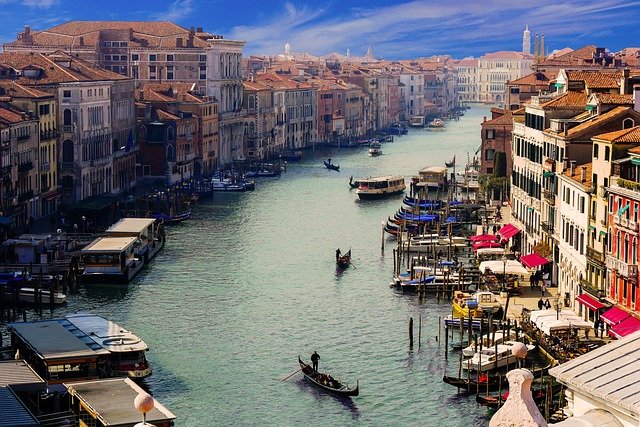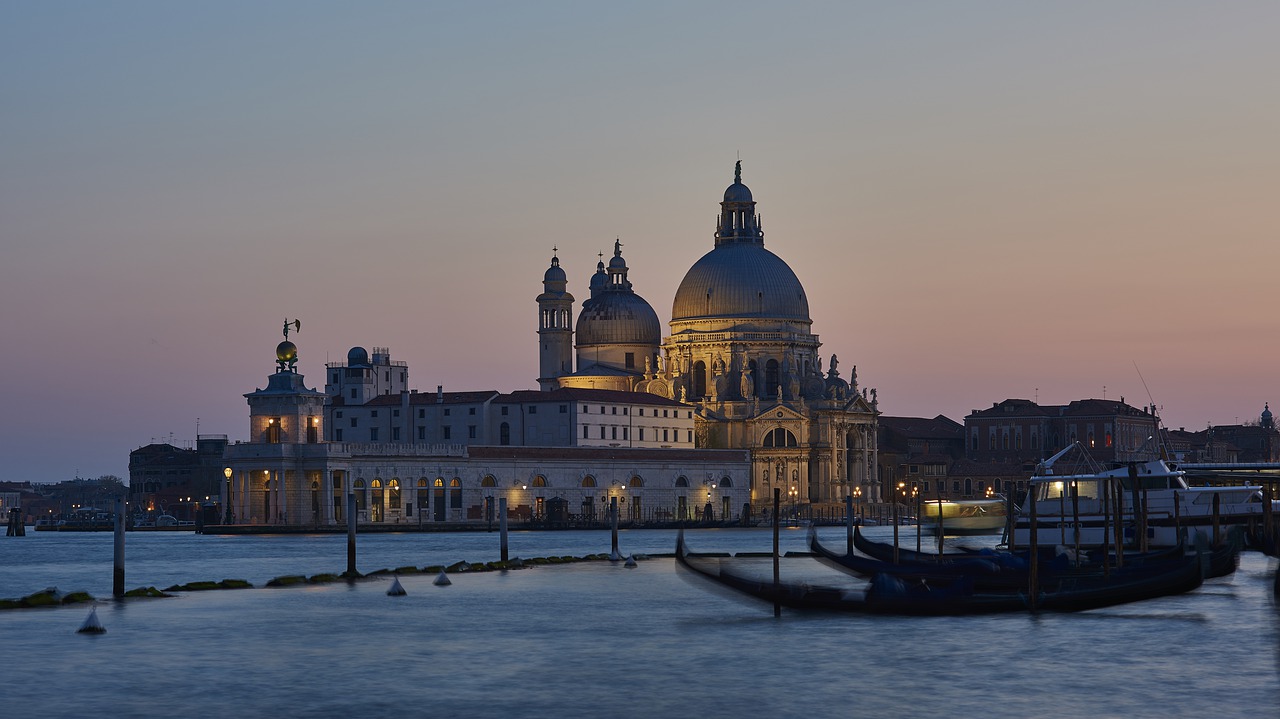Maturity
The neutrality of the Venetian state in the Seven Years’ War would only offer some temporary gains for the city’s fleet which had to compete with new competition like the fleets of Livorno, Ancona and Trieste, all nibbling an increasing number of pieces out of the Venetian pie. As a result the once dominant fleet of the Mediterranean had by the year 1792 plummeted to just 309 merchant vessels. In March of 1789 Ludovico Manin, a Venetian patrician who had already served as captain of Vicenza, then Verona and Brescia becomes the last Venetian Doge in history, four months before the start of the French Revolution. By the time Napoleon invaded Italy in 1797 the Venetian war fleet numbered only 4 galleys and 7 galliots. On 25 April 1797, the French fleet arrived at the Lido. Ludovico Manin surrendered on 12 May 1797 and left the Doge’s Palace two days later. On 16 May French troops entered Piazza San Marco and the surrender contract was officially signed, submitting Venice to French rule.
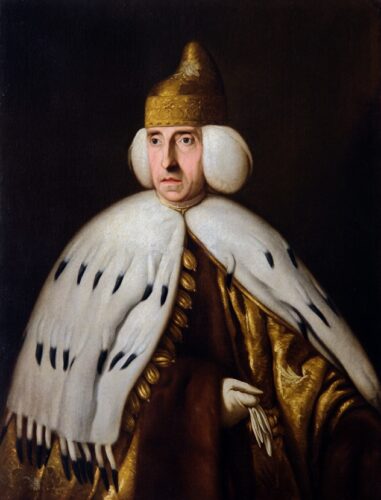
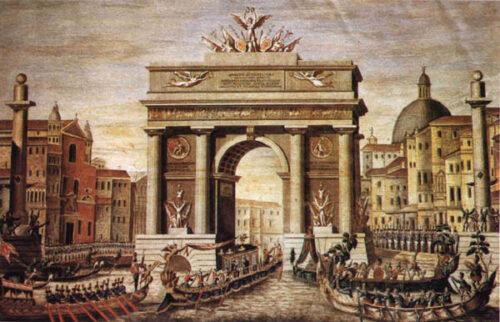
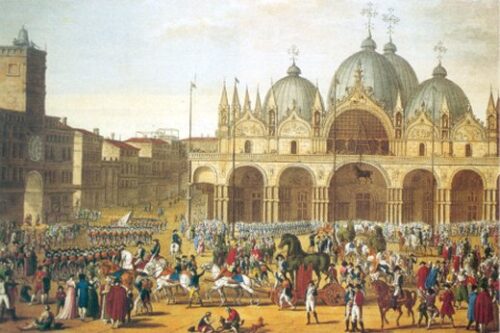
In October 1797 the Treaty of Campo Formio splits the Venetian territories between France and Austria. Venice, Istria and Dalmatia pass under the control of the Austrian Emperor. Napoleon’s biographer, Felix Markham, wrote “the partition of Venice was not only a moral blot on the peace settlement but left Austria a foothold in Italy, which could only lead to further war”. Indeed in 1805 the Napoleonic Kingdom of Italy would be formed out of the territories of the Duchies of Milan, Mantua, Modena and the greatest part of the Republic of Venice among others.
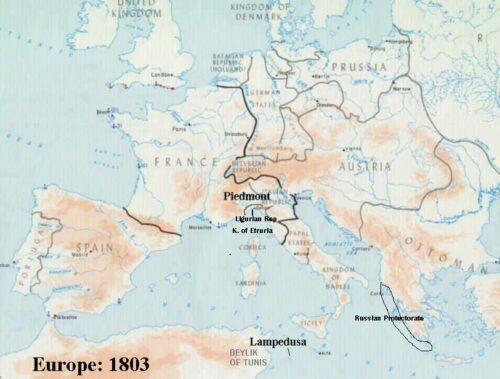
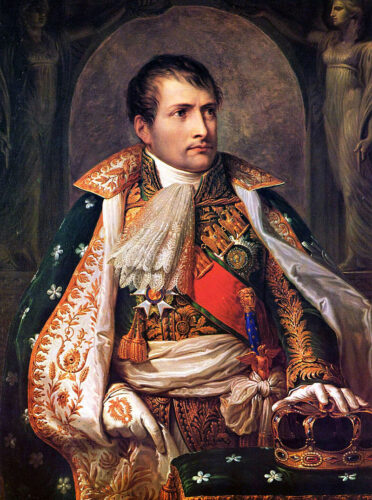

Under Napoleon the status of the city was reduced to that of a free port with Milan serving as the capital of the kingdom. However public funding was funneled in the city’s infrastructure, many buildings were demolished to make way for gardens and parks, the Napoleonic wing was constructed in Saint Mark’s square, new port facilities and lagoon defenses were all constructed during that period. After the end of the Napoleonic Empire in 1815 the new Kingdom of Lombardy–Venetia was formed and Venice came under Austrian rule again. The Austrian Emperors would resume the public works initiated by the Napoleonic regime. In 1846 a new railway bridge is constructed across the lagoon connecting Venice with Mestre and the rest of the Italian cities that were interconnected by train in the following years.
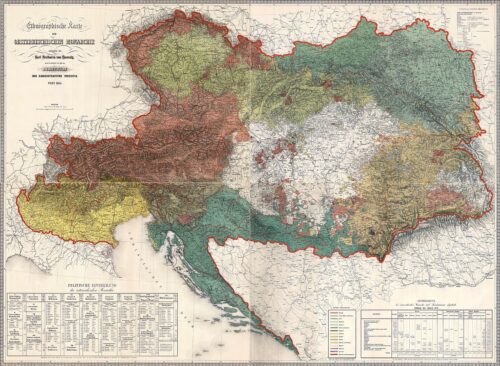
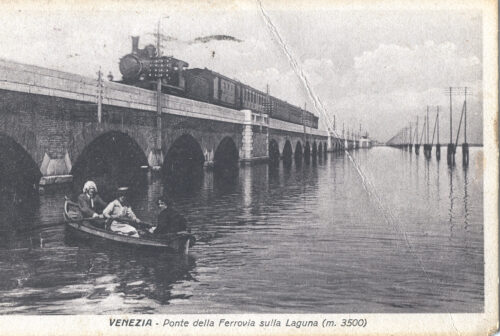
Despite their efficacy in several areas the Austrians didn’t manage to win the hearts of the Venetians who saw their resources being exploited by a foreign power and Trieste being favored as the imperial port. In addition the Venetian economy stagnated due to the bureaucratic Habsburg system which held up with red-tape all the capital that was destined for Venetian entreprises. In 1844 two brothers from Venice, Attilio and Emilio Bandiera members of the movement Giovine Italia for a united Italian Republic became symbols of the cause for independence after their failed attempt to stage a revolt against Bourbon rule in Calabria and their execution by the authorities. Their cry “Viva l’Italia!”(Long live Italy!) would become the slogan of every Italian patriot and their martyrdom would immediately bear fruits.

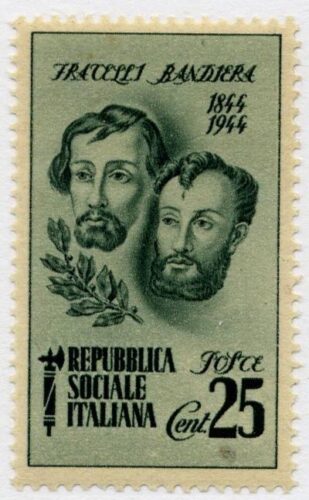
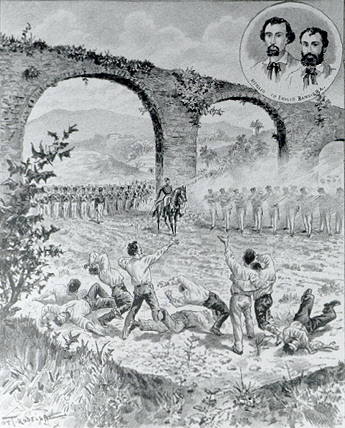
In 1848 the whole Italian peninsula was at a boiling point. The demand for independence was common ground. In January of 1848 Daniele Manin, a Venetian patriot with studies in law, who presented to the Venetian assembly (a mere consultative organ tolerated by the Austrians) a petition intended for the emperor, that was informing him about the Italian nation’s demands, is arrested on the charge of high treason. On March 17, 1848 the people of Venice force the Austrian governor to release Manin. On March 22 Daniele Manin with a group of patriots enter the Venetian Arsenal. Four days later the Austrians withdrew from Venice and Manin had been proclaimed President of the independent Republic of San Marco.
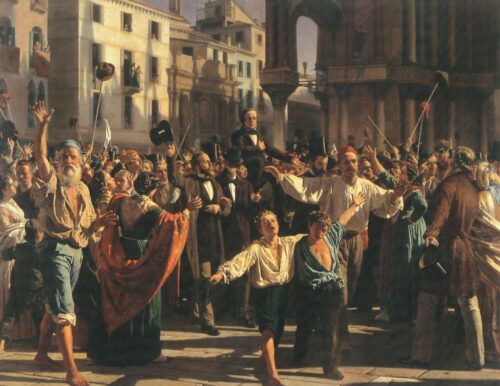

Most of the cities of Venetia sided with the lagoon and rejected Austrian rule investing Manin with dictatorial powers during the state of emergency. Despite the great support Manin had from the middle class, a class which emerged as the city’s most vociferous group after more than a millennium when the mercantile patricians pulled all the strings, the dream of self-rule proved to be short lived. The Austrians launched a counter-attack and in May of 1849 Venice was under siege. A heavy bombardment of the city for three weeks, along with famine that came as a result of the blockade by the Austrian army and cholera that was sweeping the city by August led to the surrender on August 27 and the exile of Manin and 39 more of his fellow-revolutionaries.
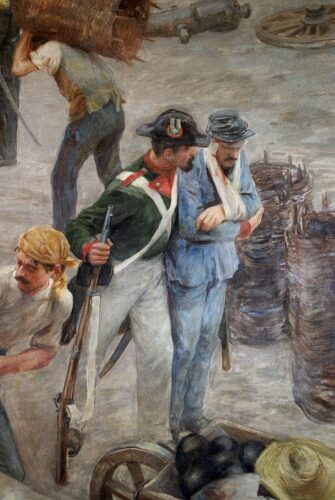
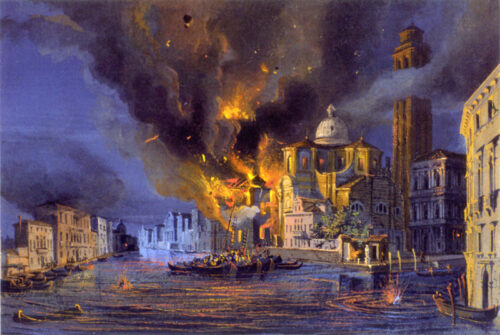
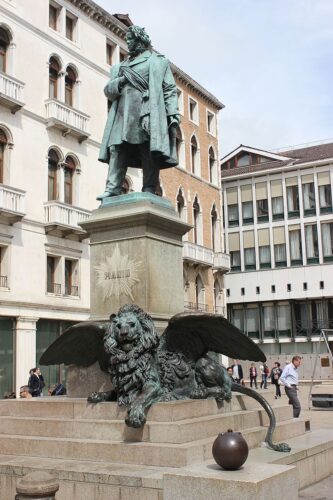
Venice had to wait until the outbreak of the Austro-Prussian war in 1866 when the newborn Kingdom of Italy and Victor Emmanuel II seized the opportunity to capture Venetia from Austrian rule and allied itself with Prussia. With the Peace Treaty of Vienna on 12 October 1866, Venetia was ceded to Italy in exchange for the Italian acquiescence to the French annexation of Savoy and Nice. After a typical referendum on 22 October when only 69 out of more than 642,000 votes were against the annexation, Venice became part of the new Italian state. Victor Emmanuel triumphantly entered the city and performed an act of homage in the Piazza San Marco.
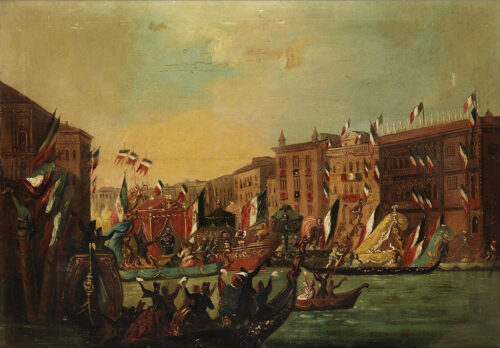
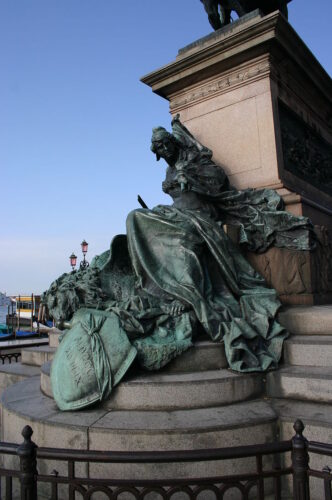
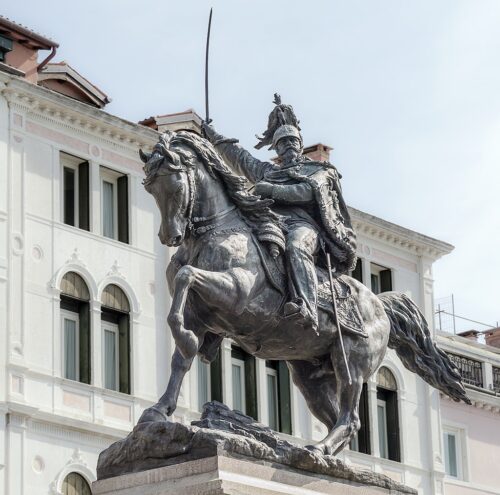
The unification had its cost with Venice paying the results of uneven economic development with a great many of its people choosing to leave their homes in order to escape from poverty. Between 1870 and 1910 nearly 3 million residents of the region of Veneto emigrated to the Americas.

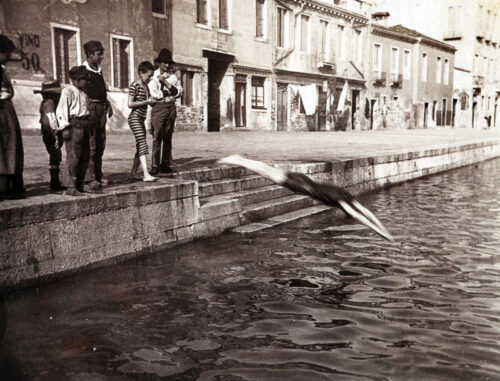

Although times were harsh, the extraordinary charm the mythic city exerted on outsiders would restore her to life and transform her to what we know today. Outsiders had never stopped travelling to Venice. Traders that came to Venice from all the corners of the world and the Italian peninsula, people fleeing from more conservative backward cities who chose Venice to live their short or long-term dream of a liberal society, or even crusaders who flocked to the city’s port on their way to the east. A bit later came the first tourists who wanted to experience the lightheartedness of the famous Carnival, enjoy the delights of the notorious courtesans, gamble at one of the Ridotti or enrich their education as part of their Grand Tour across Europe. In fact the British idea of Venice as the “locus of decadent Italianate allure” made it an epitome and cultural set piece of the European Grand Tour.
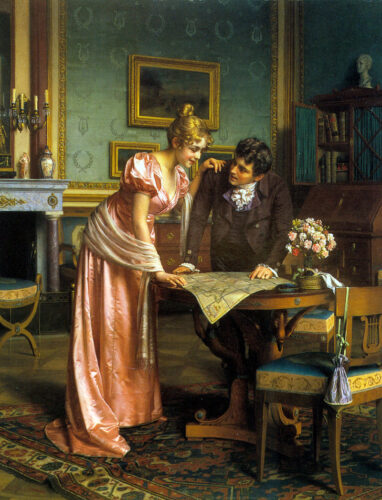
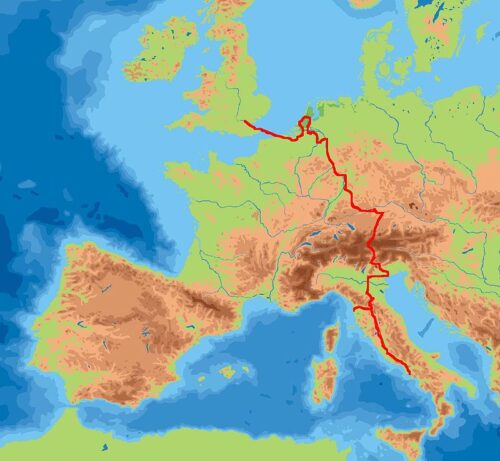
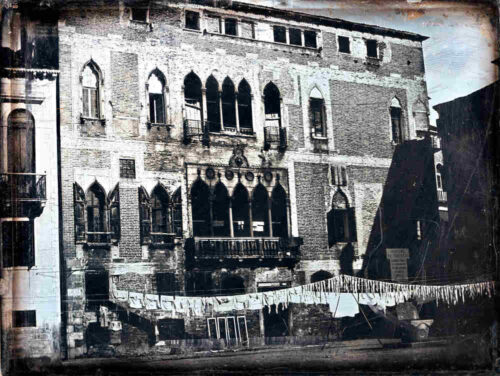
From the beginning of the 19th century a new wave of tourists, the so called romantics, drawn by the refined decay that followed after the French occupation, was consisted by poets like Lord Byron (1816-1819), writers like Mary Shelley (1818) and Charles Dickens (1844, described the city as an Italian dream) and Henry James (late 1880’s) painters like Manet (1875), Renoir (1881),Turner (1818-1819, 1829 & 1840), philosophers like Nietzsche (1879) and composers like Wagner (very frequent visits between 1858 and 1883) all sought inspiration in the lagoon city.
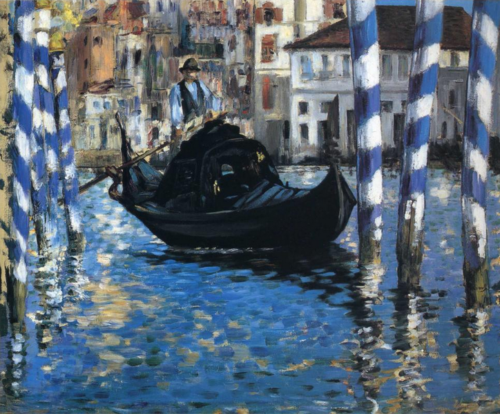
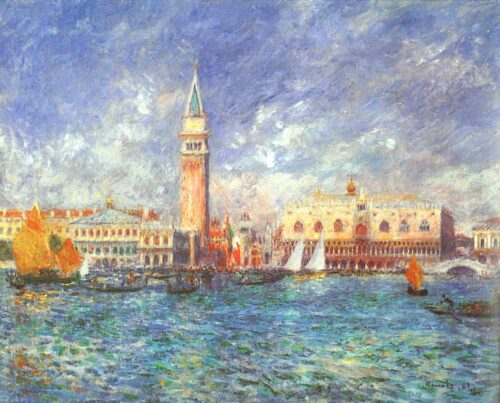
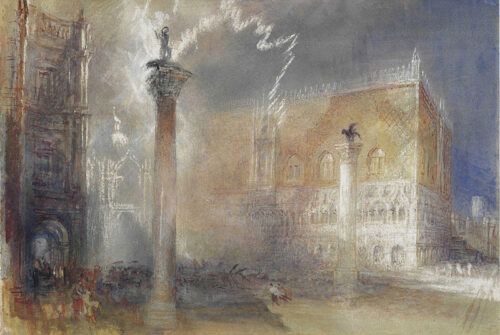
Old patrician palaces like the Palazzo Dandolo were converted into grand hotels attracting rich tourists who nevertheless came in contrast with the poor majority of the city’s population. The rich and famous operated as the best advertisers for the masses that followed suit. By 1845 a city of about 120.000 residents was already visited by 100.000 tourists per year, offering the Venetians a way out of the economic slump. Especially after the Italian unification the numbers increased exponentially with its fellow countrymen placing Venice on the top of their list along with Rome. In 1857 the first sea bathing facility in Europe was set up at the Lido, nothing more than a sandy strip of deserted fortresses until then. By 1880 The Lido has become a European byword for a beach resort.

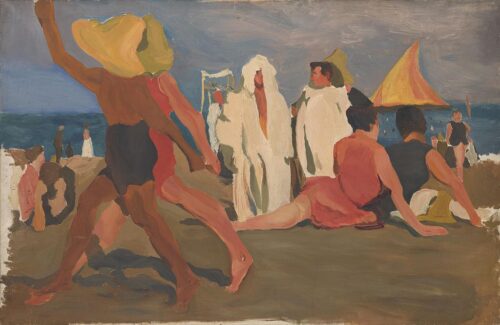

Towards the end of 19th century many mainland companies transferred their factories to the edges of the lagoon. They were drawn by the new railway system and of course the strategic location and infrastructure of the port. The new factories were added to the about 50 already operating -mostly- in the island of Giudecca which became Venice’s first industrialized district. Cotton, textile and flour mills, breweries, pasta, tobacco and cement , watch and ice factories created a new industrial landscape dominated by smokestacks and huge building blocks.
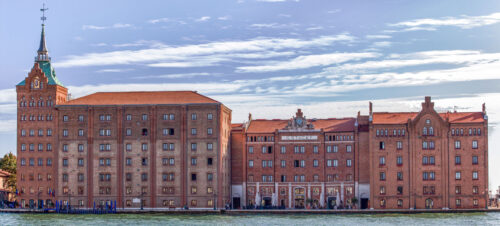
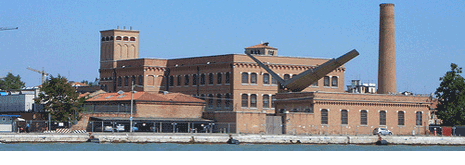
The puzzle was completed with the introduction of steel in the city’s new bridges and street furniture and the inauguration of the first public motorized boats, the vaporetti used to transport passengers around the lagoon in 1881. The operation of the first vaporetto line within the limits of the city would create a huge wave of protest from the city’s boatmen and gondoliers who perceived the arrival of the ugly water-buses as an immediate threat to their profession. The reactions would ware off after a few weeks.
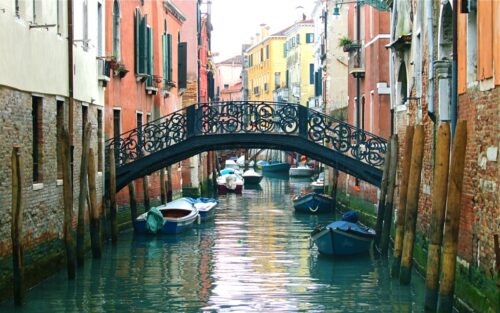
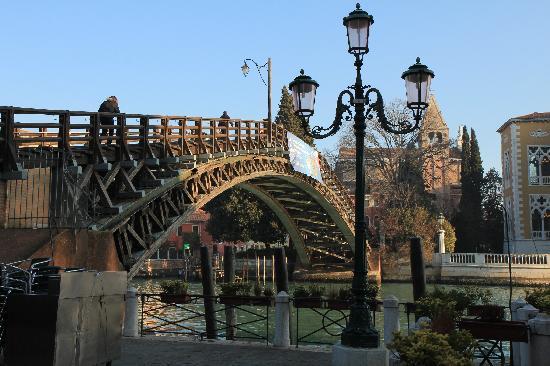
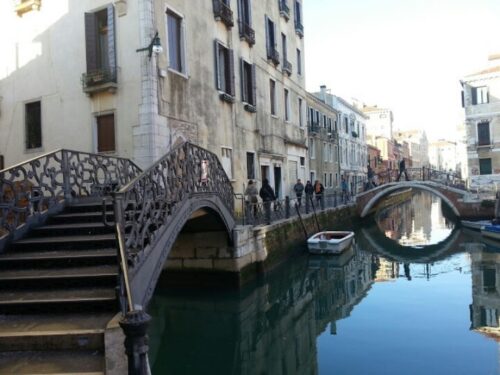
Eager to speed up Venice’s touristization by firmly establishing its place in the mind of international travelers and having the great exhibitions of London and Paris as an example the Venetian City Council passes a resolution to set up a biennial exhibition dedicated to the city’s favorite subject. Art. The first Venetian Biennale in April 1895 attracts more than 224.000 visitors and instantly becomes a popular European institution.
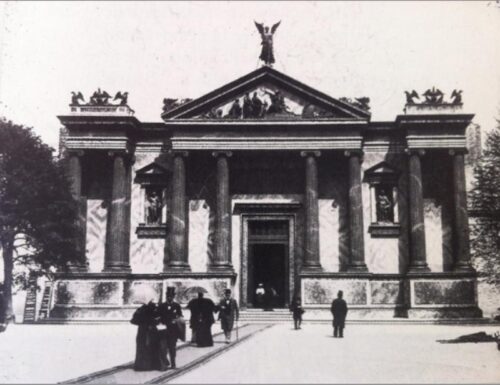
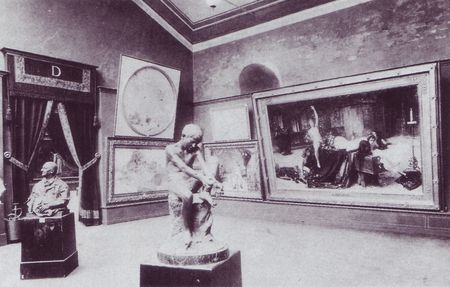
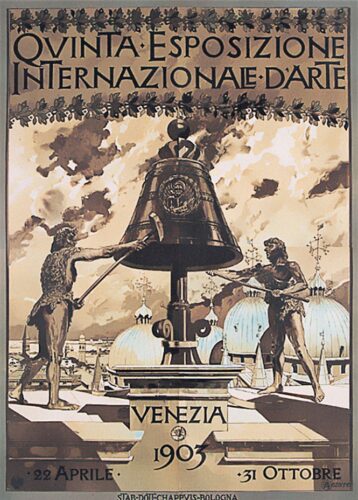
Italy entered the First World War in 1915 on the side of France despite its initial alliance with the Austro-Hungarian Empire. Great concerns about the fate of Italy’s main naval base in the Adriatic started to materialize when the bombs released by a squadron of Austrian aircrafts intended for Santa Lucia railway station destroyed a large part of Santa Maria degli Scalzi Church.
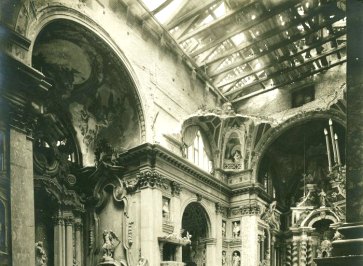
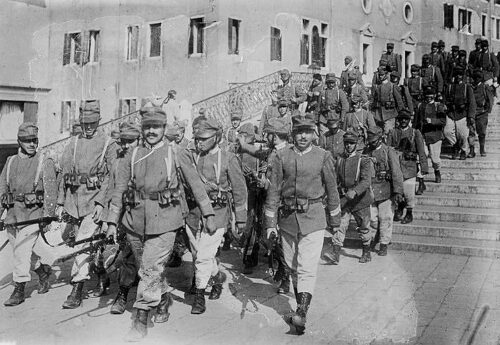
In October 1917, the troops of the Central Powers broke through the Italian lines and advanced almost unhindered through Veneto until they reached Piave River. In the decisive battle of Piave River outside Venice the Italian troops achieved a resounding victory that saved Italy from invasion and became the swan song of Austria-Hungary on the Italian front. 42 air raids, 84 people injured, 52 civilian deaths and extensive damage to artistic heritage, homes, industries and public buildings, especially the Arsenal, the railway station and St. Mark’s Square that were hit repeatedly, was the sad overall account of WWI.
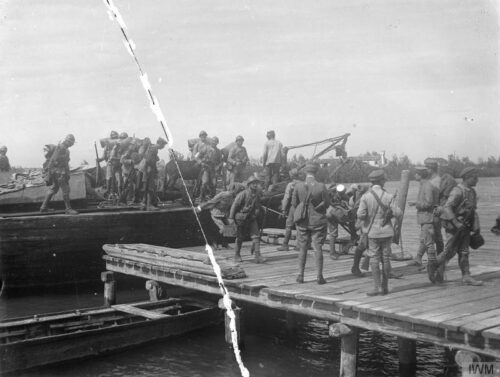
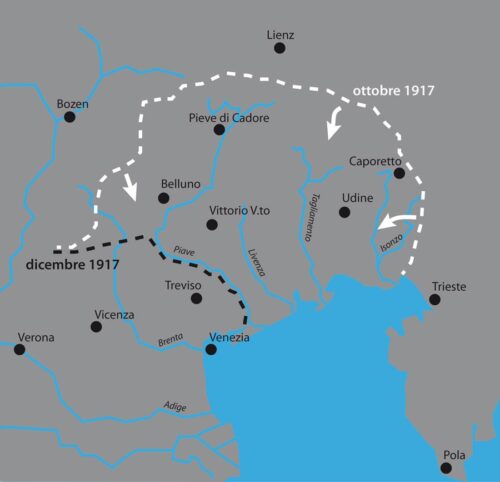

Τhe assurances from the allies that Italy would get Dalmatia would be revoked soon after the war. It would become a perfect excuse for Benito Mussolini and his fascists who based many of their expansionist claims to the Venetian cultural heritage of territories like Dalmatia, Albania and the Ionian islands to the east among others.
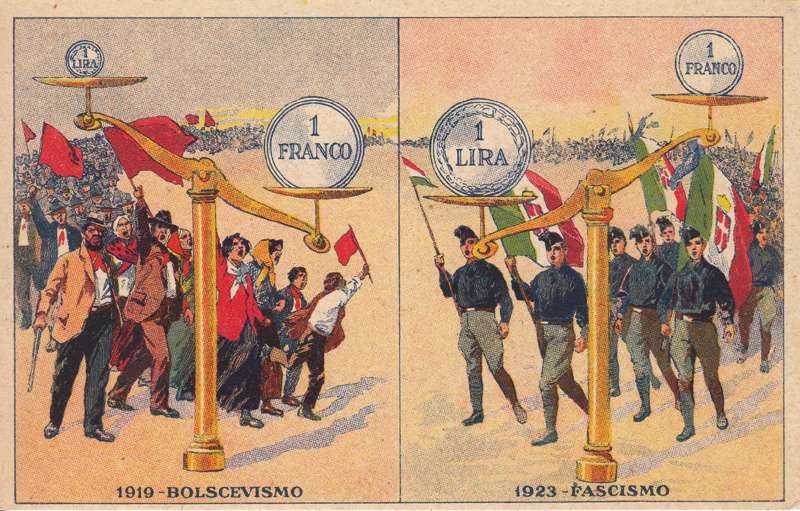
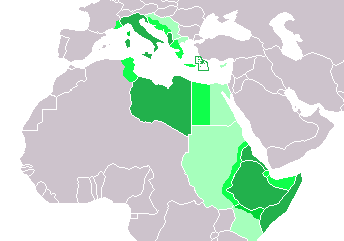
The fascist party won the elections of April 1924. In the beginning Mussolini’s fiscal policies followed the lines of classical liberalism. In the same time, tourism that had already played a crucial role in Venetian economy from the end of the 19th century seemed to be on a booming trajectory.
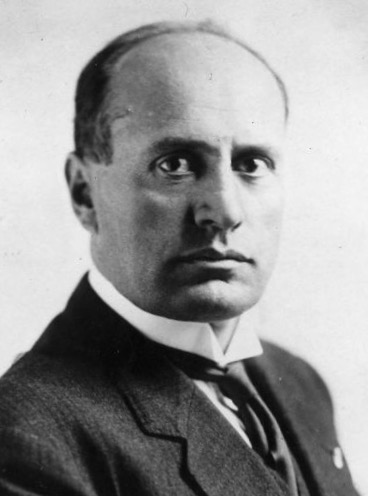
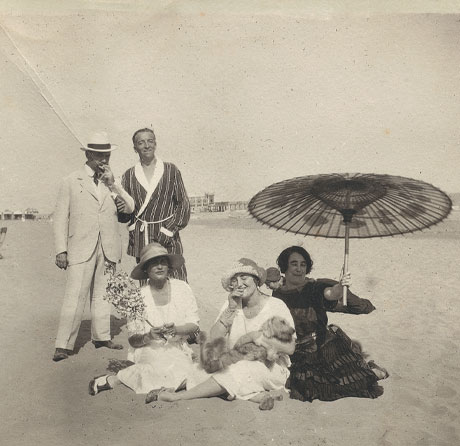
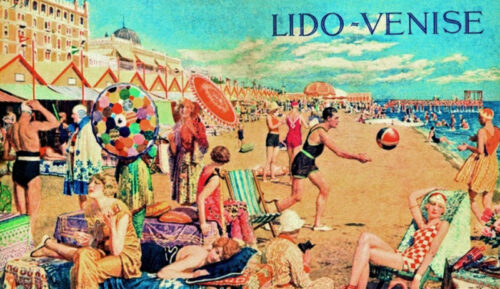
Things would drastically change with the coming of the Great Depression in 1929. The economic precipice of USA and Germany, two of the major sources of visitors of Venice immediately affected the city. Despite Mussolini’s proclamation about the importance of tourism in Italian prosperity in 1931 and the efforts to boost the public’s interest about Venice Biennale with the inauguration of the first film festival in the world , the Venice Film Festival in 1932, things would get downhill in an accelerating pace. In June of 1934 Mussolini would receive the newly elected Adolf Hitler in Venice, the city mostly associated with the Italian fascists’ claim to dominate the Mediterranean. Their grand plans would cost dearly to both of their countries and many of their cities that were bombed repeatedly if not razed to the ground by the Allies. Venice was miraculously spared by both warring sides.
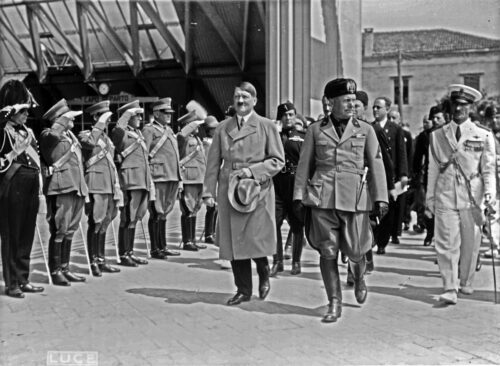
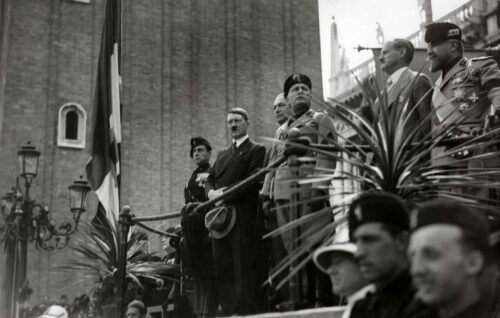
The Jewish community of Venice however would not be spared, especially after Italy’s occupation by the Nazis in the late 1943 hundreds of citizens of Jewish origin were arrested and sent to various concentration camps. Venice was liberated in April of 1945 with the first allied forces that entered the city coming from New Zealand.
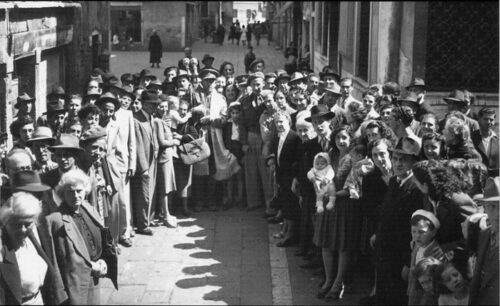

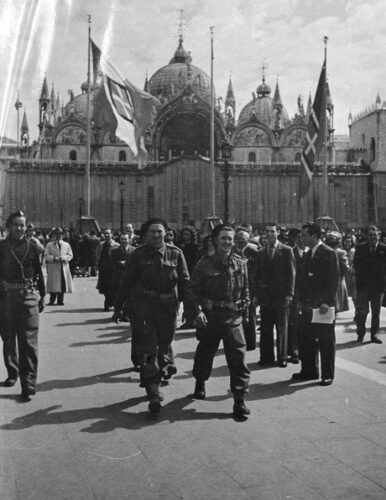
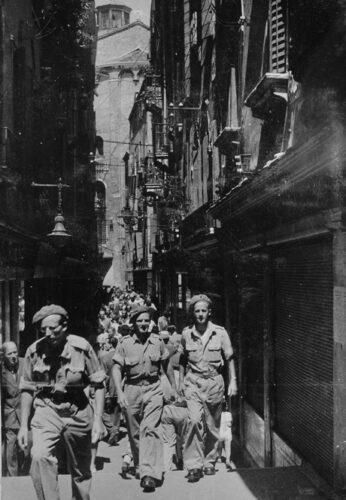
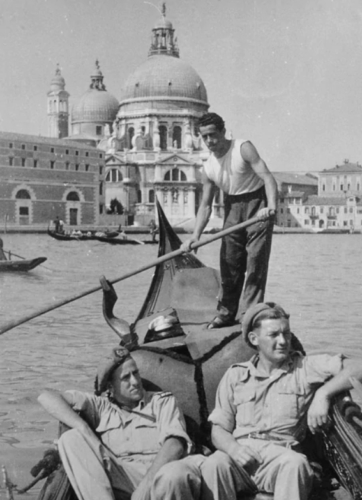
Following the ugliness of WWII Venice’s timeless beauty and role as a museum of the world, had to battle with the erosive damages of industrial pollution, the sinking of the historic center and the increasing decay of its countless old buildings. Earth subsidence became even greater in the 1950’s after a series of fresh water extractions made by industries on the nearby mainland. When this water started to be extracted on a large scale, Venice began to sink at an alarming rate. The intensity of the floods already part of Venetian life from the foundations of the city, especially during the period of Aqua Alta, between autumn and spring, were accentuated, turning the area Piazza San Marco into a giant swimming pool for almost two months every year.



After a disastrous flood in 1966, and given the incapacity of the Italian government at the time to face the enormous problems of the sinking city, UNESCO issued a report in July of 1969 about the urgency of prompt action in order to save the city. The Venice Defense Front, a cross-party body which tried to alert public opinion was established in 1968 with the British being the first from the international community to act, launching the initiative of Venice in Peril fund in 1971. They were followed by a big list of countries around the world that joined in to support financially the much needed projects for the maintenance and salvation of this wonder of the world. Since the early 1970’s more than €10 bn have been spent by the Italian governments on saving Venice. The best known and controversial in the same time plan is called Project Moses that has started in the early 1980’s and is still under construction. Today Venice, despite of all of its problems and the hoards of tourists that debark from cheap flight planes and cruise ships on a daily basis doubling up its population, is still what it always was. The dream of every romantic and history lover in the world.
